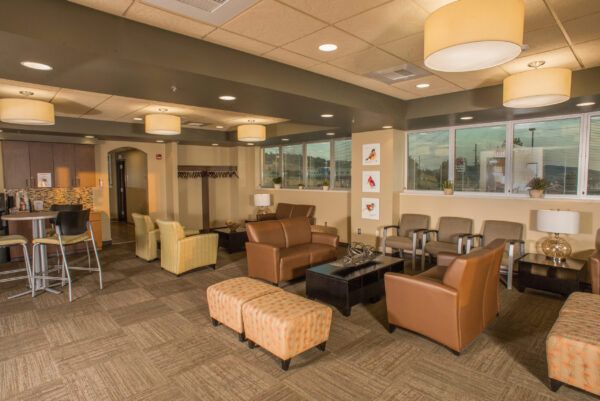Quality Care and Services
At the Endoscopy Center of Rapid City, your comfort and safety are our top priority.
Compassionate GI Care at The Endoscopy Center of Rapid City
At The Endoscopy Center, your health, comfort, and safety come first. Our experienced team listens to your concerns and works with you to diagnose and treat any gastrointestinal issues you may be facing.

Our Services
-
Colorectal Cancer Screenings
Preventive screenings by GI specialists to safeguard your health. -
Advanced Diagnostics
State-of-the-art facilities and equipment to run comprehensive tests and accurately identify medical conditions. -
In-House Procedures
From colonoscopies to Fibro Scans, our fully equipped, modern facilities allow us to perform procedures on-site for your convenience. -
Specialized Treatments
Our expert gastroenterologists offer procedures like Bravo PH Monitoring and more, ensuring you receive the highest level of care.
The following procedures are offered at these facilities.
To learn more about the services we offer, please refer to the list below for more information regarding our procedures, services, and policies.